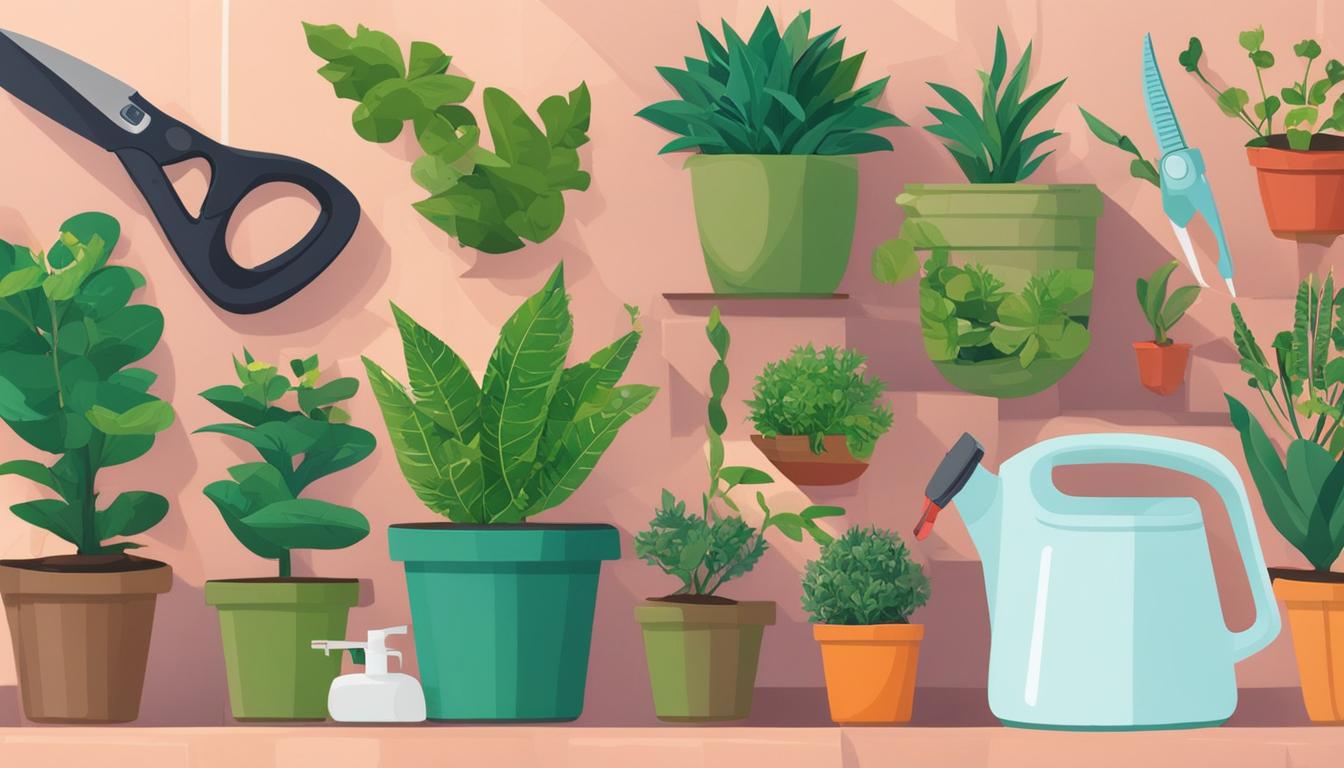
Taking care of houseplants can be challenging, but having the right essentials in your indoor plant care kit can make it easier.
Whether you have low-maintenance plants or ones with specific care requirements, these essential tools and supplies will help keep your indoor plants vibrant and healthy.
Key Takeaways:
- An indoor plant care kit includes essential tools and supplies for maintaining healthy houseplants.
- Key items to include in your kit are a moisture meter, velcro tape, watering globes, pruning scissors, rooting powder, plant first-aid kit, watering can, hygrometer, leaf cleaning supplies, drip trays or plates, and plant supports.
- A moisture meter helps you determine when your plants need watering, preventing over or underwatering.
- Velcro tape provides support for top-heavy plants and is a sustainable alternative to plastic ties.
- Watering globes are useful for consistent watering when you can’t be present.
Moisture Meter
One of the essential tools for your indoor plant care kit is a moisture meter. It allows you to accurately determine when your plants need watering, preventing overwatering or underwatering.
With a moisture meter, you can avoid relying solely on the watering instructions that come with your plants and ensure that they receive the right amount of water for optimal growth.
A moisture meter typically consists of a probe that you insert into the soil to measure the moisture levels. It provides instant readings that indicate whether the soil is dry, moist, or wet.
This information is crucial as different plants have different water requirements. Some plants, like succulents, prefer drier soil, while others, like ferns, thrive in more moist conditions.
By using a moisture meter, you can prevent the common mistake of overwatering plants. Overwatering can lead to root rot, suffocating the roots and ultimately killing the plant.
On the other hand, underwatering can cause the plants to wither and become dehydrated. With a moisture meter, you can ensure that your plants receive the perfect amount of moisture, resulting in healthier and happier indoor plants.
Benefits of Using a Moisture Meter
Using a moisture meter offers several benefits for indoor plant care:
- Precise watering: A moisture meter takes the guesswork out of watering your plants. It provides accurate readings so you can water your plants exactly when needed.
- Prevent overwatering: Overwatering is a common mistake that can harm your plants. With a moisture meter, you can avoid overwatering and maintain a healthy balance of moisture in the soil.
- Prevent underwatering: Underwatering can be just as harmful to plants as overwatering. A moisture meter helps you ensure that your plants receive adequate water for their specific needs.
- Save water: By using a moisture meter, you can avoid wasting water by only watering when necessary. This not only benefits the environment but also helps you save on your water bill.
How to Use a Moisture Meter
Using a moisture meter is simple and straightforward:
- Insert the probe of the moisture meter into the soil, making sure it reaches the root zone.
- Wait a few seconds for the moisture meter to provide a reading.
- Check the reading to determine the moisture level of the soil.
- Water your plants accordingly based on the reading. If the soil is dry, it’s time to water. If it’s moist or wet, wait before watering again.
- Repeat the process regularly to ensure your plants receive the right amount of water consistently.
| Moisture Level | What It Indicates |
|---|---|
| Dry | The soil is dry, and it’s time to water your plants. |
| Moist | The soil still has some moisture, and you can hold off on watering. |
| Wet | The soil is overly saturated, and you should avoid watering until it dries out. |
Velcro Tape: A Must-Have Tool for Plant Support
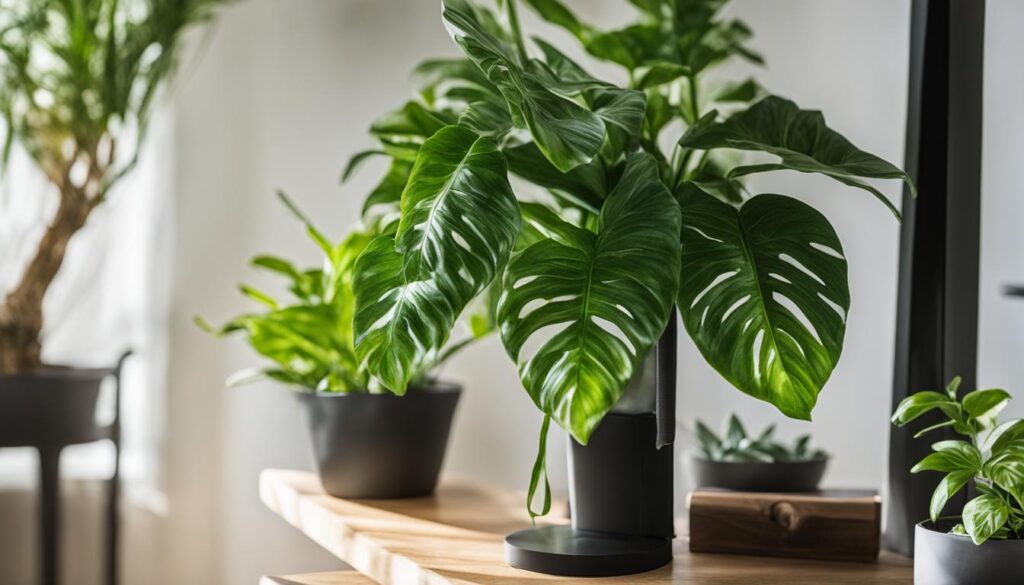
When it comes to taking care of indoor plants, providing proper support is essential, especially for top-heavy plants. That’s where velcro tape comes in handy. Velcro tape is a versatile and reusable tool that can help you ensure the stability and growth of your plants.
Velcro tape is a sustainable alternative to plastic ties and allows you to gently secure your plants’ stems to a stake. This support prevents them from toppling over or bending under their own weight. Unlike traditional ties, velcro tape is adjustable and won’t constrict the plant’s growth, giving it room to thrive.
Using velcro tape is simple and effective. Start by wrapping the tape around the stem of your plant and then attach it to the stake or support structure.
The velcro tape’s hook and loop design allows for easy adjustment and readjustment as your plant grows. It provides stability while still allowing the plant’s natural movements. Plus, it’s easy to remove and reuse if you need to readjust or move your plants.
Benefits of Using Velcro Tape for Plant Support:
- Prevents top-heavy plants from bending or toppling over
- Adjustable and reusable, allowing for growth and flexibility
- Sustainable alternative to plastic ties
- Easy to use and remove without causing damage to the plant
By incorporating velcro tape into your indoor plant care routine, you can provide the necessary support for your plants and ensure their healthy growth. Say goodbye to top-heavy plants and hello to thriving, well-supported greenery with the help of velcro tape.
Watering Globes for Easy Plant Maintenance
When it comes to keeping your indoor plants hydrated and healthy, watering globes are a game-changer. These clever devices provide a consistent water source for your plants, making it easier to maintain their moisture levels, especially during times when you can’t be present to water them regularly.
Whether you have a busy schedule, travel frequently, or simply want to simplify your plant care routine, watering globes are a reliable solution.
Watering globes work by slowly releasing water into the soil as needed. They consist of a bulb-shaped reservoir that you fill with water and a long neck that extends into the soil.
As the soil dries out, it creates a vacuum effect, pulling water from the globe into the root system. This ensures that your plants receive the right amount of water, avoiding the common pitfalls of overwatering or underwatering.
Using watering globes is simple. Just fill the globe with water, insert the neck into the soil near the plant’s root system, and let it do its job.
The water will gradually release into the soil over time, providing a steady supply that keeps your plants hydrated and thriving. You can also easily monitor the water level in the globe, making it convenient to refill as needed.
Benefits of Watering Globes
- Consistent watering: Watering globes provide a consistent water source for your plants, ensuring they receive the right amount of hydration.
- Prevents overwatering and underwatering: Unlike traditional watering methods, watering globes release water gradually, preventing the risk of overwatering or underwatering your plants.
- Convenient for busy schedules: If you have a busy lifestyle or travel frequently, watering globes can help you maintain your plants’ health without constant attention.
- Reduces plant stress: By providing a steady water supply, watering globes help reduce plant stress caused by inconsistent watering.
- Saves water: Watering globes deliver water directly to the root system, minimizing water wastage compared to traditional watering methods.
Investing in watering globes is a practical and efficient way to simplify your plant maintenance routine and ensure your indoor plants thrive in optimal conditions. With their help, you can enjoy the beauty of lush, healthy plants without the worry of water-related issues.
| Benefits of Watering Globes |
|---|
| Consistent watering |
| Prevents overwatering and underwatering |
| Convenient for busy schedules |
| Reduces plant stress |
| Saves water |
Pruning Scissors: Essential Tools for Precise Plant Pruning
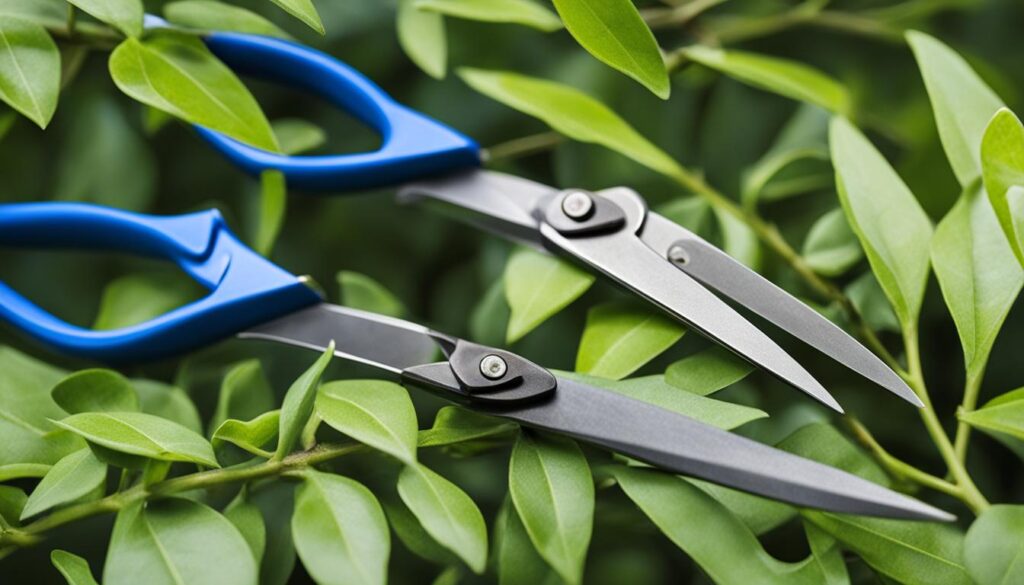
When it comes to proper care and maintenance of indoor plants, pruning plays a crucial role in ensuring their health and vitality. Having a pair of pruning scissors in your plant care kit is an absolute necessity for achieving precise cuts and promoting optimal growth.
Pruning scissors are specifically designed for delicate houseplants, allowing you to trim away dead or damaged leaves, stems, or branches with ease. Their sharp blades enable clean cuts, reducing the risk of introducing infections or causing unnecessary stress to your plants.
Whether you are shaping your plants, removing overgrown foliage, or addressing any signs of disease, pruning scissors provide the precision and control you need.
Investing in high-quality pruning scissors can benefit not only your plants but also your overall gardening experience. Look for scissors with ergonomic handles that offer a comfortable grip, allowing you to work for longer periods without strain.
Also, consider stainless steel blades that are resistant to rust and can maintain their sharpness over time. When purchasing pruning scissors, opt for a size that suits your hand and the size of the plants you plan to prune.
Incorporating pruning scissors into your plant care routine enhances the health and appearance of your indoor plants. By removing dead or diseased parts, you stimulate new growth and prevent the spread of infections.
Regular pruning also helps maintain the shape and size of your plants, ensuring they stay visually appealing and well-balanced.
Benefits of Pruning Scissors:
- Achieve precise cuts to promote plant health and growth
- Remove dead or damaged parts, preventing the spread of disease
- Maintain the shape and size of your plants for visual appeal
- Reduce the risk of introducing infections or causing stress to plants
- Enjoy a comfortable grip and ergonomic design for easy pruning
| Features | Benefits |
|---|---|
| Precision blades | Ensure clean cuts and minimize damage to plants |
| Ergonomic handles | Provide a comfortable grip for prolonged use |
| Stainless steel construction | Resistant to rust and maintains sharpness |
| Size options | Choose a size suitable for your hand and plant types |
Rooting Powder: Enhancing Plant Propagation and Root Development
When it comes to expanding your plant collection through propagation, rooting powder is a valuable tool to have in your indoor plant care kit.
Rooting powder contains plant hormones that stimulate root growth, helping cuttings establish themselves in soil or water. It is a cost-effective and efficient way to grow new plants from existing ones, making it a favorite among plant enthusiasts.
Using rooting powder is simple. After taking a cutting from the desired plant, dip the cut end into the rooting powder, ensuring it is evenly coated. The rooting powder stimulates the growth of new roots, giving the cutting a better chance of survival.
Once coated, place the cutting in a suitable growing medium, such as moist soil or a glass of water, and provide the necessary care for healthy root development.
Rooting powder is particularly beneficial for plants that are difficult to propagate, such as woody-stemmed varieties. It aids in root initiation and helps expedite the rooting process, increasing your chances of success.
With rooting powder, you can expand your plant collection, share plants with friends and family, or experiment with various plant propagation techniques.
Comparing Different Types of Rooting Powder
| Type of Rooting Powder | Main Ingredients | Application Method | Advantages |
|---|---|---|---|
| Gel-Based Rooting Powder | Plant hormones in gel form | Directly apply to cuttings | Viscous formula stays in place and provides continuous hormone release |
| Powdered Rooting Hormone | Synthetic or natural plant hormones in powder form | Dip cuttings into the powder | Easy to use and widely available, suitable for various types of cuttings |
| Water-Soluble Rooting Powder | Plant hormones in powder form that dissolve in water | Prepare a rooting solution and soak cuttings | Allows for easier absorption of hormones by cuttings |
Note: It’s essential to follow the manufacturer’s instructions when using rooting powder and consider the specific needs of the plant you are propagating.
While rooting powder can enhance root development, it is not a guarantee of success. Proper care, appropriate growing conditions, and patience are also crucial factors in successful plant propagation.
Plant First-Aid Kit
When it comes to indoor plant care, it’s important to be prepared for any issues that may arise, including common plant pests and diseases. That’s why having a plant first-aid kit is essential.
This kit contains various tools and products that can help you quickly address and control pests, ensuring the health and well-being of your beloved plants.
Pest Control
One of the main concerns when it comes to plant care is dealing with plant pests. These unwanted visitors can wreak havoc on your plants, causing damage and even death if not addressed promptly.
To combat them, your plant first-aid kit should include products such as insecticide soap and neem oil. These natural remedies are effective in controlling pests while being safe for your plants and the environment.
In addition to insecticide soap and neem oil, your kit should also contain isopropyl alcohol, cotton pads, and fly tape.
Isopropyl alcohol can be used to clean and disinfect affected plant parts, while cotton pads are useful for applying treatments. Fly tape is especially handy for catching flying insects that may be infesting your indoor plants.
Prevention and Protection
A plant first-aid kit is not only useful for treating plant pests but also for preventing and protecting your plants from potential issues. Regularly inspecting your plants for signs of pests or diseases and taking proactive measures can help maintain a healthy plant environment.
By having a plant first-aid kit readily available, you can quickly address any pest or disease issues that may arise, ensuring that your indoor plants thrive and flourish. Remember to regularly check and replenish your kit as needed, so you’re always prepared to tackle any plant care challenges that come your way.
| Plant First-Aid Kit | Contents |
|---|---|
| Isopropyl alcohol | A disinfectant for cleaning plant parts |
| Neem oil | An effective natural insecticide |
| Cotton pads | For applying treatments and cleaning |
| Insecticide soap | A remedy for controlling pests |
| Fly tape | To catch flying insects |
Basic watering can
When it comes to watering your indoor plants, having a basic watering can is an essential tool for every plant care kit. A watering can makes the task of watering more efficient and less messy compared to alternative methods. It allows you to control the flow of water and target the base of the plant without splashing or damaging the foliage.
Look for a watering can with a comfortable grip and a spout that allows for precise watering. The size of the watering can should be suitable for the number and size of your plants, ensuring that you can water them without having to constantly refill the can. Vintage cans or thrifted alternatives can add a unique touch to your plant care routine, enhancing both functionality and aesthetics.
Benefits of a watering can:
- Provides a controlled flow of water
- Prevents splashing and damage to foliage
- Makes watering more efficient and less messy
- Allows for precise watering at the base of the plants
- Comes in various sizes and styles to suit individual preferences
Having a basic watering can in your indoor plant care kit ensures that you can properly hydrate your plants, promoting healthy growth and overall plant vitality. It is a versatile tool that all plant enthusiasts should have on hand to make their watering routine more enjoyable and effective.
| Advantages | Disadvantages |
|---|---|
| Controlled flow of water | May require frequent refilling for large plant collections |
| Precise watering at the base of plants | Can be bulky or heavy for some users |
| Less messy compared to alternative methods | May not be suitable for plants requiring specialized watering techniques (e.g., misting) |
| Enhances functionality and aesthetics | Some watering cans may be more expensive compared to other watering tools |
Having a reliable watering can in your indoor plant care kit is an investment that will benefit your plants and make your plant care routine more enjoyable. It is a versatile tool that allows you to provide the right amount of water to your plants with ease and precision.
Hygrometer
Monitoring humidity and temperature levels is crucial for maintaining a healthy indoor environment for your plants. A hygrometer is an essential tool that allows you to accurately measure and track these conditions.
By understanding the humidity and temperature fluctuations in your home, you can make informed decisions on how to create the optimal growing environment for your indoor plants.
A hygrometer typically consists of a sensor that measures relative humidity levels and a display that provides you with real-time readings. Some advanced models also offer temperature monitoring capabilities.
It’s important to place the hygrometer in a central location, away from direct sunlight or drafts, to get accurate readings.
With a hygrometer, you can easily identify if the humidity levels in your home are too low or too high for your plants. Low humidity can lead to dryness and wilting, while high humidity can create a breeding ground for mold and mildew.
By monitoring the humidity, you can take appropriate measures to adjust it, such as using a humidifier or a dehumidifier, to ensure optimal plant growth.
Importance of Humidity and Temperature Monitoring for Indoor Plants
| Benefit | Explanation |
|---|---|
| Optimal Growth | By monitoring humidity and temperature levels, you can create the ideal conditions for your plants, promoting healthy growth and development. |
| Disease Prevention | Monitoring humidity levels helps prevent the growth of mold, mildew, and other fungi that can cause diseases in your plants. |
| Pest Control | Some pests thrive in specific humidity conditions. By monitoring and adjusting humidity levels, you can deter pests and reduce the risk of infestations. |
| Watering Management | Humidity and temperature fluctuations can affect your plants’ water requirements. Monitoring these conditions allows you to adjust your watering schedule accordingly. |
In conclusion, a hygrometer is a valuable tool for any indoor plant care kit. By monitoring humidity and temperature levels, you can create the optimal growing environment for your plants, preventing diseases and pest infestations.
With the data provided by a hygrometer, you can make informed decisions regarding watering, adjusting humidity levels, and ensuring the overall well-being of your indoor plants.
Leaf Cleaning Supplies
Cleaning the leaves of your indoor plants is an essential aspect of plant care that often goes overlooked. Dust and debris can accumulate on the leaves, hindering proper photosynthesis and creating a breeding ground for pests.
By incorporating leaf cleaning supplies into your indoor plant care routine, you can ensure that your plants stay healthy and vibrant.
When it comes to cleaning your plant’s leaves, there are a few options you can consider. One effective method is to use a pressure sprayer filled with water.
Gently spray the leaves, focusing on the tops and undersides to remove any dust or dirt. Alternatively, you can use a soft cloth dampened with water to wipe down the leaves. Be sure to be gentle to avoid damaging the delicate foliage.
For those hard-to-reach places or plants with intricate leaves, a soft-bristled brush can come in handy. Gently brush the leaves to remove dust and improve the plant’s overall appearance. Remember to clean the brush regularly to avoid spreading pests or diseases from plant to plant.
Regularly cleaning your plant’s leaves not only enhances their aesthetics but also promotes plant hygiene.
By keeping the leaves clean and free from debris, you create an environment that is less susceptible to pests and diseases. Make leaf cleaning a part of your plant care routine, and your indoor plants will thank you with their lush green foliage.
Drip Trays or Plates
Drip trays or plates are essential components of any indoor plant care kit, providing a simple yet effective solution for water drainage and plant protection.
Whether you have pots without drainage holes or want to safeguard your surfaces from water damage, these trays play a crucial role in maintaining the health and longevity of your plants.
Drip trays collect excess water that drains from your pots, preventing it from pooling around the roots and causing root rot. They also protect your furniture or floors from unsightly stains and damage.
By using drip trays, you can create a clean and tidy environment for your indoor plants while ensuring their optimal water balance.
To choose the right drip tray, consider the size and shape of your pots. The tray should be large enough to accommodate the pot’s base and deep enough to hold the excess water without overflowing.
Look for trays with a raised lip to contain any spillage and prevent water from seeping onto your surfaces. You can opt for plastic or ceramic drip trays, depending on your aesthetic preferences and the level of protection you need.
Benefits of Drip Trays:
- Prevent water accumulation and root rot
- Protect surfaces from water damage
- Create a clean and organized plant care environment
- Easy to clean and maintain
Investing in drip trays or plates is an important step in maintaining a healthy and thriving indoor plant collection. These practical accessories provide essential drainage support and safeguard your home from water damage.
With the right drip trays, you can enjoy the beauty of indoor plants while keeping your space clean and free from water-related issues.
Plant Supports
When it comes to caring for your indoor plants, plant supports are an essential tool for maintaining their shape and overall health.
As your plant collection grows, you may find that some plants need a little extra support to prevent them from sagging or bending. That’s where plant supports come in.
Staking plants is a common method of providing support. U-shaped plant supports can be easily inserted into the soil next to your plants, allowing them to grow upright and preventing their stems from drooping. These supports are especially useful for taller plants or those with heavy foliage.
For climbing or trailing plants, such as pothos or philodendrons, plant training with coco coir poles can be highly beneficial.
These poles provide the necessary stability for your plants to grow upward or along a desired path. By giving your plants something to cling to, you can help them reach their full potential and create a stunning visual display.
When selecting plant supports, it’s essential to consider their versatility and suitability for your specific plant types.
Look for supports that are adjustable or customizable, allowing you to adapt them to the needs of different plants. This way, you can provide the ideal support without restricting your plants’ natural growth.
FAQ
What are the essentials for an indoor plant care kit?
The essentials for an indoor plant care kit include a moisture meter, velcro tape, watering globes, pruning scissors, rooting powder, a plant first-aid kit, a basic watering can, a hygrometer, leaf cleaning supplies, drip trays or plates, and plant supports.
How does a moisture meter help with watering indoor plants?
A moisture meter allows you to accurately determine when your plants need watering, preventing overwatering or underwatering. It helps you avoid relying solely on watering instructions and ensures that your plants receive the right amount of water for optimal growth.
How does velcro tape help with indoor plant care?
Velcro tape is a reusable garden tape that gently secures your plants’ stems to a stake, providing support and preventing them from becoming top-heavy. It is a sustainable alternative to plastic ties and helps prolong the life of your plants.
How do watering globes assist in indoor plant care?
Watering globes slowly release water into the soil, providing a consistent water source for your plants. They are especially beneficial if you can’t water your plants regularly or if you leave them unattended for extended periods. Watering globes ensure your plants receive the water they need even when you are not around.
Why are pruning scissors essential for indoor plant care?
Pruning scissors are designed for delicate houseplants and allow you to make precise cuts when necessary. Regular pruning helps keep your plants healthy and well-groomed by removing dead or damaged foliage, promoting new growth, and maintaining their shape.
How does rooting powder contribute to indoor plant care?
Rooting powder is used for propagation and encourages root development in cuttings. It helps them establish themselves in soil or water, allowing you to grow new plants from existing ones. Rooting powder is a versatile tool for expanding your plant collection.
Why is a plant first-aid kit important for indoor plants?
A plant first-aid kit includes items like isopropyl alcohol, neem oil, cotton pads, insecticide soap, and fly tape. These tools and products help address common plant pests and diseases, allowing you to maintain a healthy plant environment and tackle any issues promptly.
What role does a basic watering can play in indoor plant care?
A basic watering can is a must-have tool for watering indoor plants. It makes watering more enjoyable and less messy than using alternative methods. Look for a watering can with a comfortable grip and a spout that allows for precise watering.
Why is a hygrometer essential for indoor plant care?
A hygrometer helps you monitor the humidity and temperature levels in your home. It allows you to understand the environmental conditions that affect your plants and make adjustments as needed. A hygrometer is crucial for preventing issues caused by excessively dry or humid air.
How do leaf cleaning supplies contribute to indoor plant care?
Regularly cleaning your plant’s leaves is important for plant care. Leaf cleaning supplies, such as a pressure sprayer or soft cloth, help remove dust and keep your plants looking their best. Clean leaves are essential for proper photosynthesis and to prevent pest infestations.
Why are drip trays or plates necessary for indoor plant care?
Drip trays or plates are essential if your pots do not have drainage holes or if you want to protect surfaces from water damage. They collect excess water and prevent it from causing rot or staining your furniture. Drip trays with a lip are more durable, but repurposing old plates can be a budget-friendly option.
How do plant supports contribute to indoor plant care?
As your plant collection grows, it may need support to maintain its shape and prevent sagging or bending. Plant supports such as U-shaped supports or coco coir poles provide stability for climbing or trailing plants. Look for versatile options that suit your specific plant types.

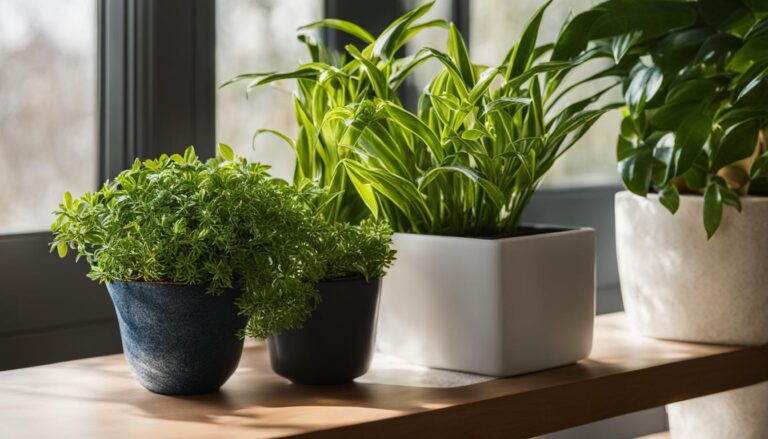
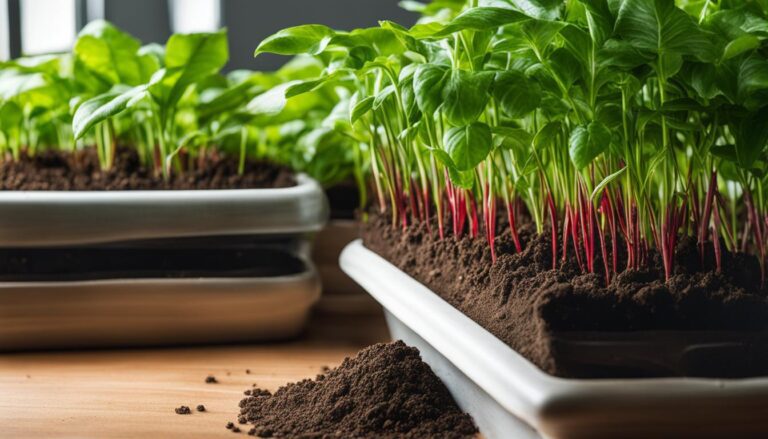
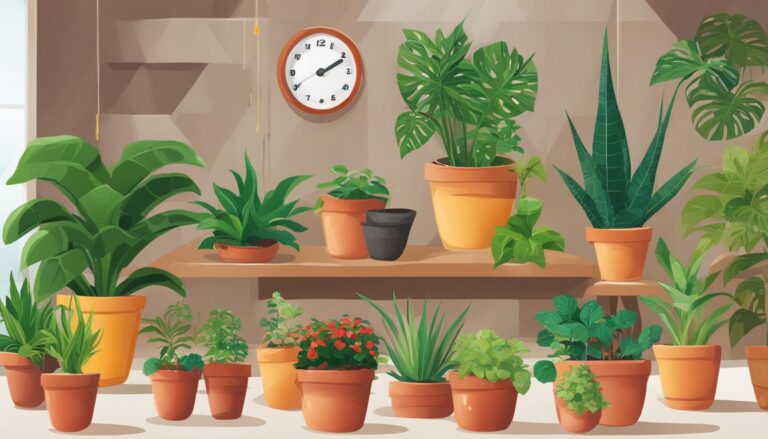
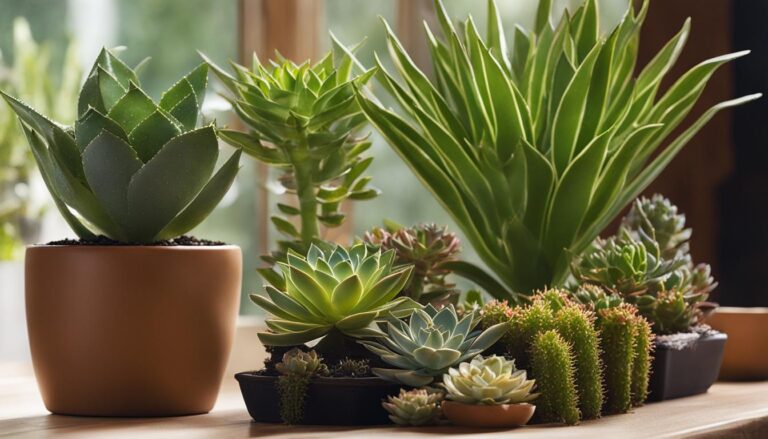
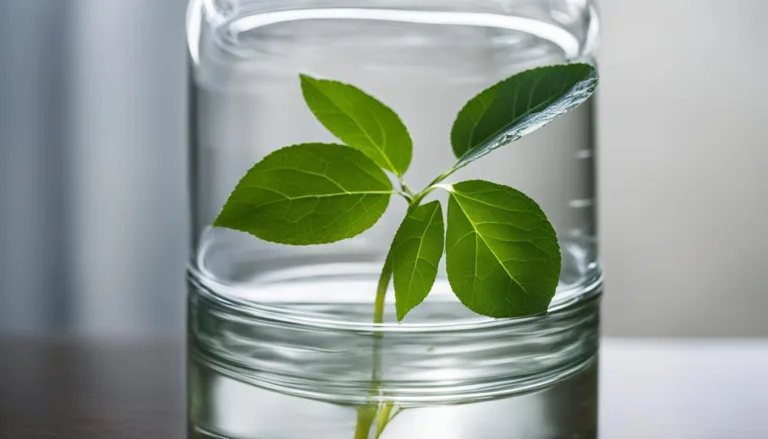
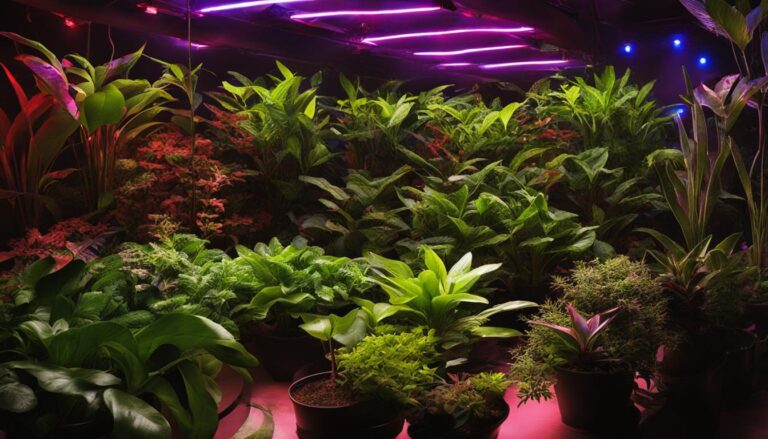
3 Comments